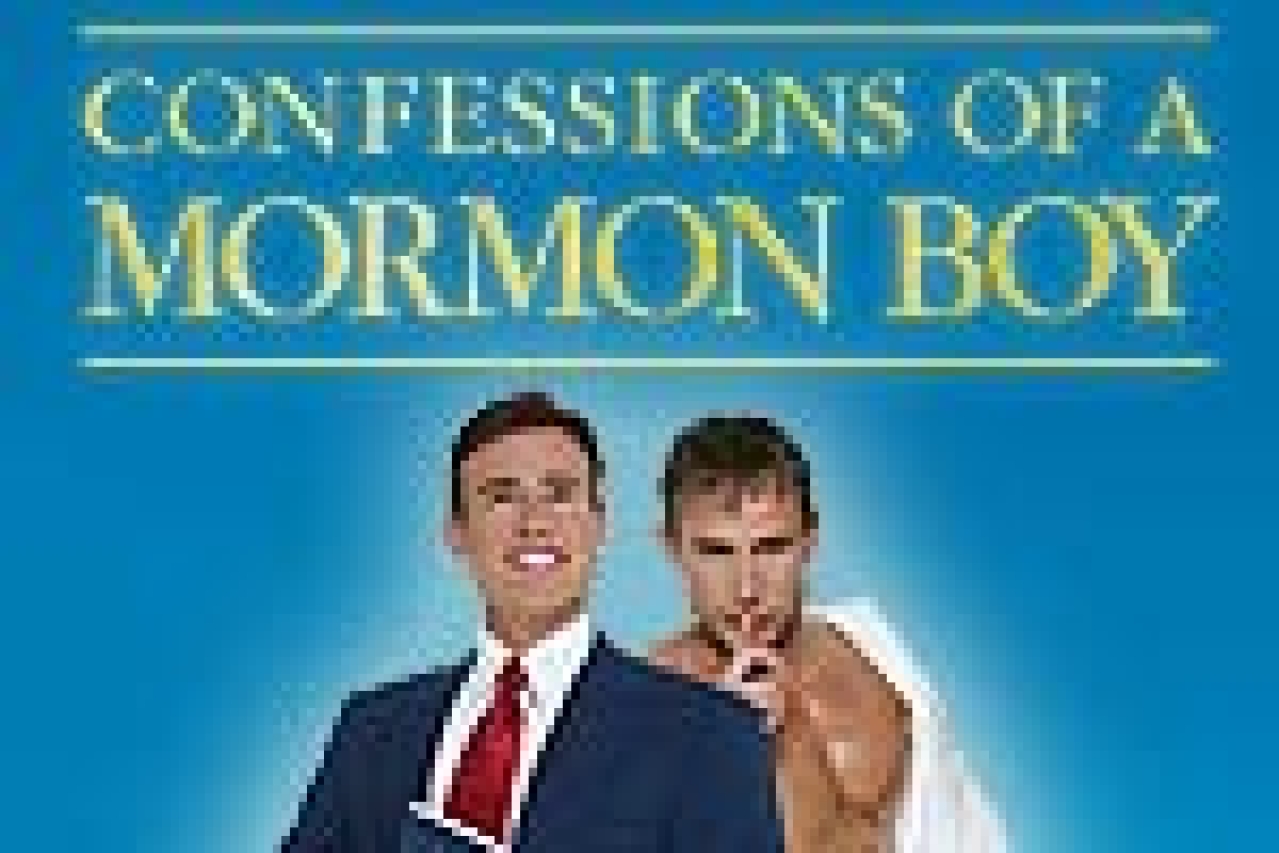Confessions of a Mormon Boy

Confessions of a Mormon Boy
(Photo © Carol Rosegg)
“Church was my life,” says Steven Fales, the writer/performer of Confessions of a Mormon Boy. In his autobiographical solo show, Fales focuses primarily on his struggle to reconcile his gay sexuality with his upbringing in the Mormon faith. He chronicles his mission work in Portugal, his attempt to extinguish his gay desires through therapy, his failed marriage, his excommunication, his stint as a gay sex worker, and his eventual journey toward self-acceptance. The show had a successful run at the 2004 New York International Fringe Festival, garnering a Fringe Excellence Award for solo performance. Unfortunately, it doesn’t hold up very well on a second viewing.
This is not to say that it has no merit. The show is effective in conveying Fales’s devotion to Mormonism and his struggle to hold onto his faith once the church turns its back on him and he becomes lost in a world of sex, drugs, and despair. While the script seems to have undergone some minor edits, the arc of the show remains the same as before. It’s laced with humor throughout, and Fales’s delivery is often amusing. But though the Soho Playhouse is a smallish theater, Confessions of a Mormon Boy has lost some of the feeling of intimacy that it had in its Fringe run. Fales’s performance often seems forced, as if he’s trying too hard to make his story funny and entertaining. His smile, which is a recurring motif within the production, always seems plastered on — even in the moments when it’s supposed to appear genuine.
Several of the characters are painted by the writer/performer in broad, stereotypical strokes. The most glaring example of this is Fales’s re-enactment of his first time out as a male hustler. The Japanese businessman he services is played as a complete caricature; Fales squints his eyes and contorts his face to suggest a buck-toothed appearance while speaking in an exaggerated Japanese accent that’s patently offensive. And while he shares plenty of details from his life, Fales doesn’t always set up his stories properly. For instance, he says very little about his father early in the show, so it’s a surprise when the elder Fales later becomes the focus for his son’s scorn. (They eventually reconciled.)
As at the Fringe, Tony Award winner Jack Hofsiss is credited as the show’s director, though it’s difficult to determine the extent of his contributions. But it’s easy to see the good work that designer Tim Saternow has accomplished. His spare set rightly puts the emphasis on Fales, while his lighting nicely complements the show’s shifts in mood; it’s lush and flattering or stark and revealing as appropriate.
This production has some truly memorable moments. When Fales informs his five-year-old son that he and his wife Emily are getting a divorce, the child’s reaction is emotionally devastating. Likewise, Fales demonstrates a remarkable vulnerability when he drops his defenses toward the end of the play; he finally alllows himself to be seen as the middle-aged man he is, rather than the perpetual boy referenced in the title of his show.











